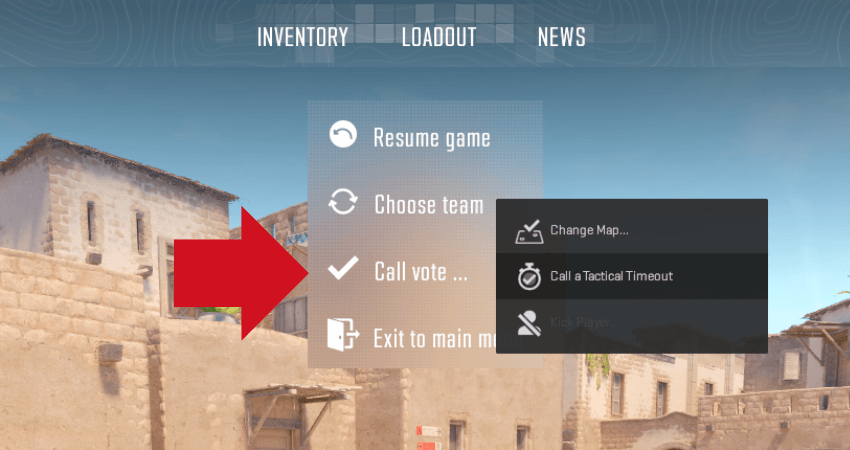Boss Nha Cai: Your Guide to Winning Big
Explore the latest tips and trends in online betting.
Tactical Pauses in CS2: When Time Stands Still and Strategy Unfolds
Master the art of Tactical Pauses in CS2! Discover strategies that turn tension into triumph and elevate your gameplay to the next level.
Understanding Tactical Pauses: The Key to Victory in CS2
Understanding Tactical Pauses is crucial for teams striving for victory in CS2. In the fast-paced environment of competitive gaming, players often find themselves in high-pressure situations where quick decisions are key. A tactical pause serves as a strategic tool, allowing teams to reassess their gameplay, develop new strategies, and communicate effectively. Taking a moment to breathe and regroup can make all the difference between losing momentum and capitalizing on the opponent's weaknesses. When utilized correctly, a tactical pause can turn the tide of a match to secure a crucial victory.
During a tactical pause, it's essential for players to focus on key elements such as team communication, map control, and individual roles within the team. This is an opportunity to analyze the opponents' tactics and adapt accordingly. For instance, a team might brainstorm counter-strategies against specific enemy plays or discuss how to adjust their positioning for the upcoming rounds. Remember, the effectiveness of these pauses lies in their execution. By communicating clearly and using this time wisely, teams can not only conceive winning strategies but also bolster their confidence, ensuring they return to the game with a renewed sense of purpose.

Counter-Strike is a popular tactical first-person shooter game where teams compete against each other to complete objectives. Players can customize their gameplay experience, including adjusting their weapon positioning. For instance, you can learn how to change your weapon to the left side using the left hand command cs2. The game emphasizes strategy, teamwork, and skill, making it a favorite among competitive gamers worldwide.
When to Call a Tactical Pause: Timing and Strategy Insights
Knowing when to call a tactical pause is crucial for effective decision-making in high-stakes environments. A tactical pause allows teams to reassess their situation, gather intelligence, and enhance their strategies before proceeding. Key indicators for initiating such a pause include moments of uncertainty, unexpected developments, or when a planned course of action deviates significantly from expected outcomes. By recognizing these triggers, leaders can create opportunities for regrouping, analysis, and strategic realignment, ultimately leading to more informed choices.
Furthermore, the timing of a tactical pause can greatly influence its impact. It's essential to consider the strategic insights that emerge during these pauses. Elements such as the dynamics of the competition, the psychological state of the team, and the availability of critical data all play a role. Implementing a pause at the right moment can empower teams to harness new insights, reinforce cohesion, and develop innovative solutions to challenges, ensuring that actions taken post-pause are more effective and targeted.
How Tactical Pauses Shape Gameplay and Team Dynamics in CS2
Tactical pauses in CS2 serve as a critical tool for teams to regroup, strategize, and recalibrate their approach mid-match. By taking a moment to halt gameplay, teams can reassess their strategies, discuss potential adjustments, and address any team dynamics that may be causing issues. This short break allows players to clear their minds, refresh their focus, and come together as a cohesive unit. The psychological impact of a tactical pause can be profound, often shifting momentum back in favor of the paused team, especially after a series of setbacks.
Moreover, the use of tactical pauses fosters team dynamics by encouraging open communication and collaboration. When players engage in an on-the-fly discussion, they not only reassess their tactics but also build camaraderie and trust among teammates. This collaborative environment can lead to improved performance, as players feel more connected to each other and invested in their collective success. In high-stakes moments, these pauses can be the difference between triumph and defeat, making them an essential component of competitive gameplay in CS2.